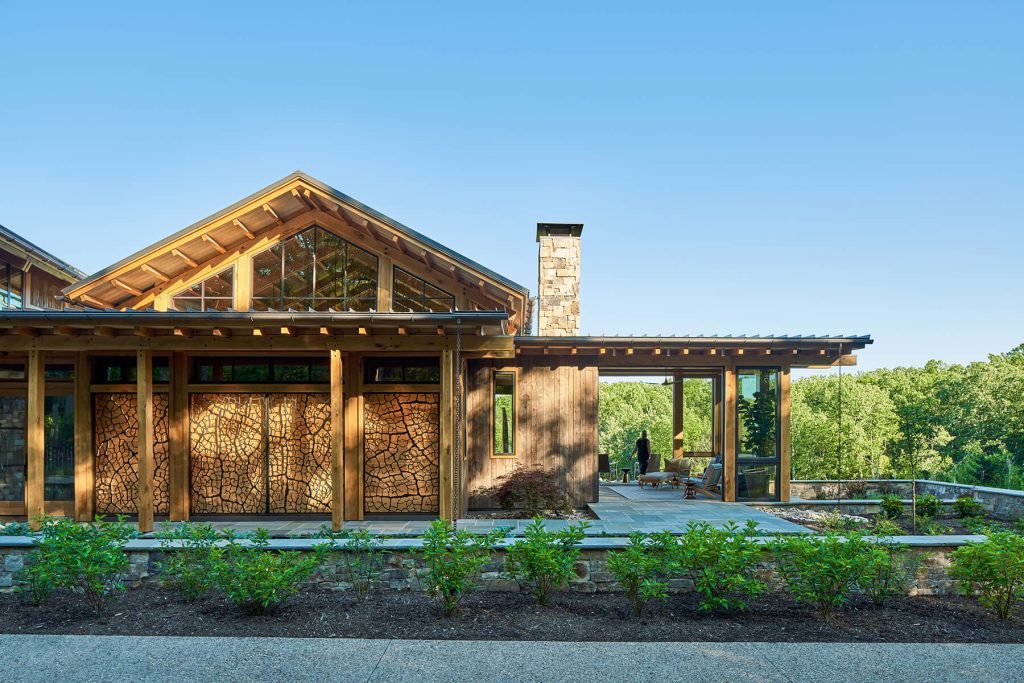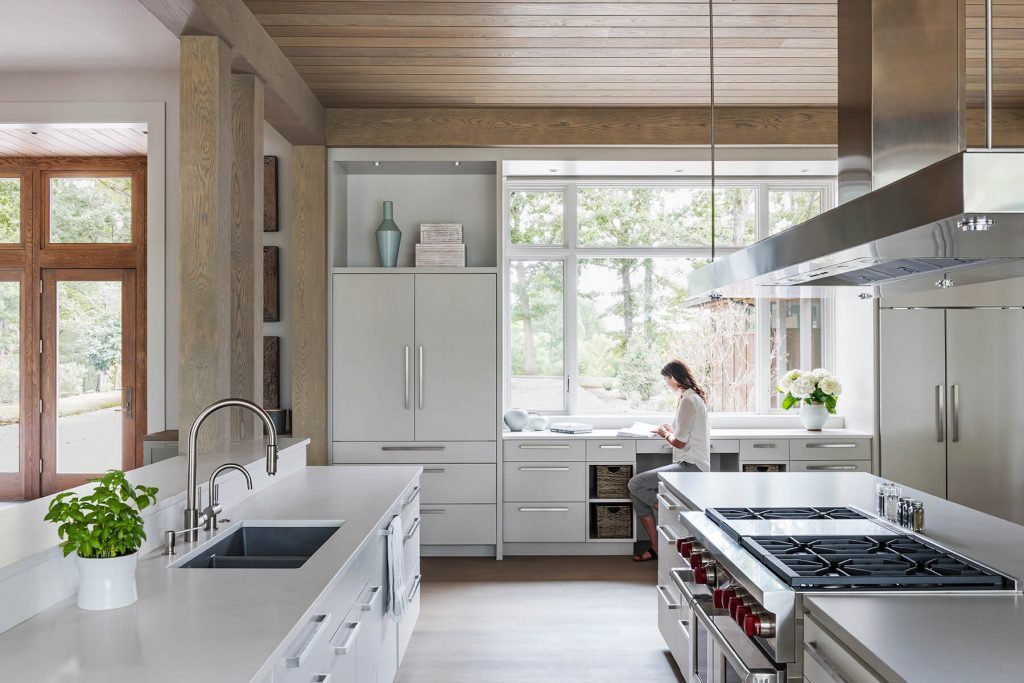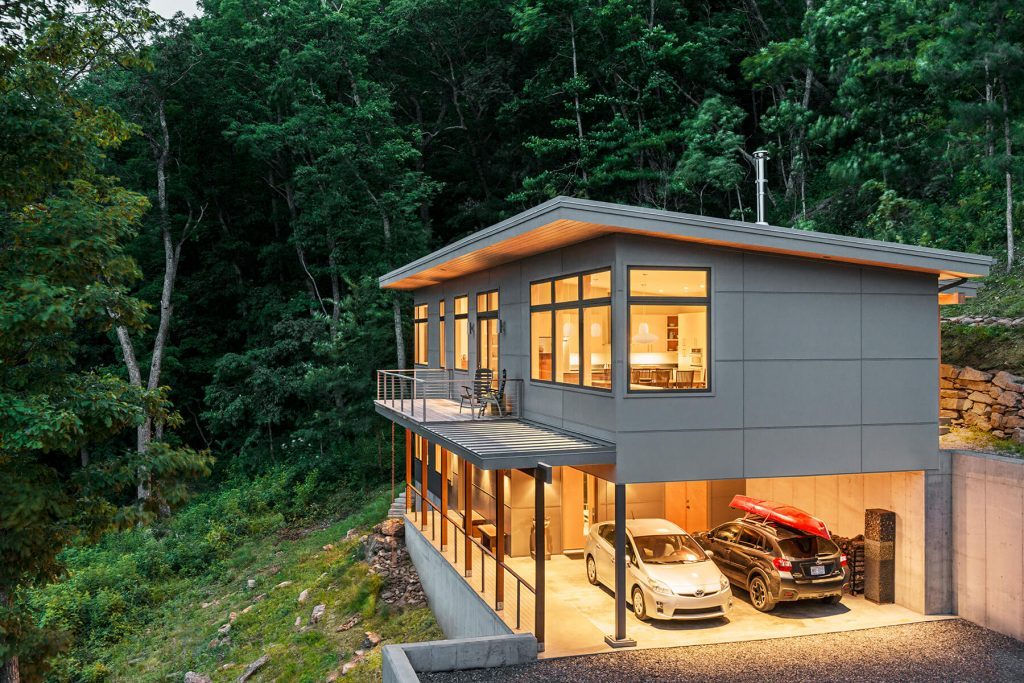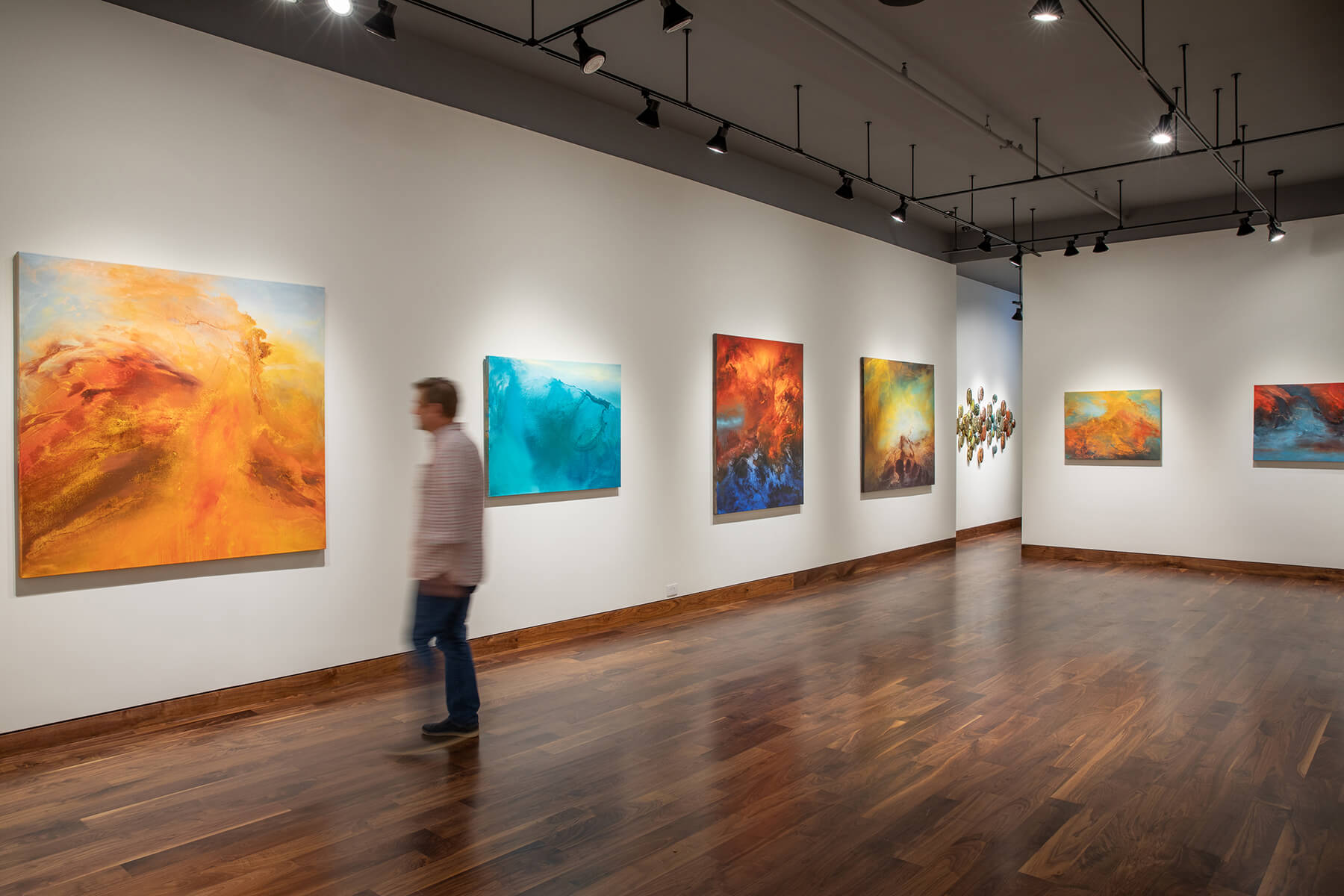News + Inspiration

Altura’s Commitment to Sustainable Design

Building a Greener Future
Architects have a unique responsibility to be stewards of our natural and built environment. The design, construction, and operations of our buildings have huge implications for our environment and personal health. Each project has the opportunity to be beautiful and functional, as well as being part of a solution for clean air, clean water, and addressing climate change. The design of a single building can be an important act in protecting our mountains and creating a healthy place for us all to live.
Altura’s commitment to sustainable design has been at the forefront since our founding in 1985. Environmental design principles are built into our values, operations, and design process. The goal of sustainable architecture is to minimize the negative environmental impact from the construction, operation, and maintenance of our buildings. Our design process is collaborative, working with clients and consultants to achieve the best design solution for each specific project and the larger environment because we can’t do this work alone.
Foundations of Green Building Design
Each project starts with understanding the specific site conditions so we know how to respond to the land and context. We look to implement passive design strategies that utilize the natural environment to provide heating, cooling, ventilation, and daylighting. Our process takes advantage of specific climate, site conditions, and materials to create a building that works with its location and environment.
With new buildings, the placement and orientation carefully considers the topography of the land, the flow of water, the sun’s path, and other site factors. Renovation projects are often the most sustainable projects. Our designs start with maximizing the use of existing materials and the character of the building before we introduce additive elements and modernized systems.
We then optimize the building function and performance through efficient space planning and thoughtful detailing of the building’s thermal envelope which includes insulation, air sealing, windows and doors. These elements are difficult to replace and important to prioritize to maximize the energy performance and comfort of the building

Our modern treehouse in Asheville features a roof form that provides important stormwater management on a steep mountain slope. The roofs divert the majority of rainwater to a primary basin, which has a system of boulders and native plants to minimize the impact of rainwater on the landscape. It’s an example of a site design and building design working together with the natural environment.
In addition to passive strategies, we also help clients plan the active systems that improve the building’s performance and comfort. Heating and cooling systems, appliances, equipment, and lighting consume operational energy and have economic and environmental implications. Opting for a geothermal heat pump system can be significantly more energy efficient than a conventional heating and air conditioning system. Adding a solar photovoltaic system can further increase energy efficiency and give our clients greater energy independence and resilience during major weather events. Some of these active approaches cost more up front, but provide big cost savings in the long run.
A sustainable building is also a healthy building, where the spaces, systems, and finishes improve our physical and mental wellbeing. We advocate for low-VOC and nontoxic finishes, induction cooktops, and no indoor fossil fuel combustion for better indoor air quality. Good design is also a part of sustainable architecture. Many intangible qualities such as thermal comfort, natural light and fresh air, outdoor views, and a connection to nature contribute to being healthier and happier.
Our Meadow Creek Farm project incorporates locally sourced blighted hemlock for siding and locally sourced oak flooring. The home also features triple-glazed high performance windows and a geothermal heat pump which provides a heat exchange to preheat hot water. Programmable window shades and roof overhangs were designed using sun angle computer modeling to reduce heat gain.

A Measured Approach to Green Building
For residential projects, our baseline target is to achieve Energy Star certification and a Home Energy Rating System (HERS) rating of 50 or better, about 50% better than the average for new homes. With the help of energy consultants, we track the HERS rating through the design process. If the preliminary rating comes in higher, we work on strategies to lower it. After construction, we follow up to procure post-occupancy performance data to verify that the building is truly performing as designed. To quote the physicist William Thompson, “To measure is to know. If you cannot measure it, you cannot improve it.”
We encourage our clients to go above and beyond our ‘baked in’ green building strategies, by pursuing one of the many green building certifications such as LEED, Net-Zero, NC Green Built, Living Building Challenge, or Passivhaus. Going through one of these processes not only ensures that a building is constructed to a higher standard through third-party verification, but also can increase the building’s market value.

Our Mill Spring Farmhouse project was constructed with advanced insulation technology and geothermal heating and cooling to help optimize energy efficiency. A solar array on the roof helped this home earn a HERS rating of 6, meaning it’s 94% more energy efficient than the average new home.

This modern home in Asheville was the first Net Zero Energy Certified home in North Carolina. Passive and active solar systems help offset 100% of our client’s net energy use. It’s also the state’s smallest solar array used on a Net Zero Energy Certified home.
An Integrated Design Process
Altura pursues new ways to improve our green building standards and practices through continuing education and engagement with the larger green building community. It takes a complete team to create a successful project and we are lucky to work with like-minded contractors, consultants, and specialists to maximize the potential impact of every project.
Sustainability can be integrated into any building at any stage, from design and construction, to renovation and deconstruction. However, the most significant benefits can be achieved if the design and construction team takes an integrated approach from the early stages of a project. A successful project engages stakeholders at the beginning and continues to identify opportunities for synergy across disciplines and building systems through all design phases.

Transforming the past into a brighter future. The adaptive reuse of 52 Broadway preserved this century old building in downtown Asheville. Paramount to this project was creating a building that was both enduring and sustainable. A 21.7 kW solar array on the rooftop provides the electricity required to power the art gallery inside.
Our Commitment to Sustainable Design
According to the UN Environment Global Status Report 2017, “building and construction account for more than 35% of global energy use and for nearly 40% of energy-related CO2 emissions”. The design and construction industry must do better and that is why our studio has chosen to align our practice with the AIA’s Framework for Design Excellence, which seeks to inform progress toward a zero-carbon, equitable, resilient, and healthy built environment.



